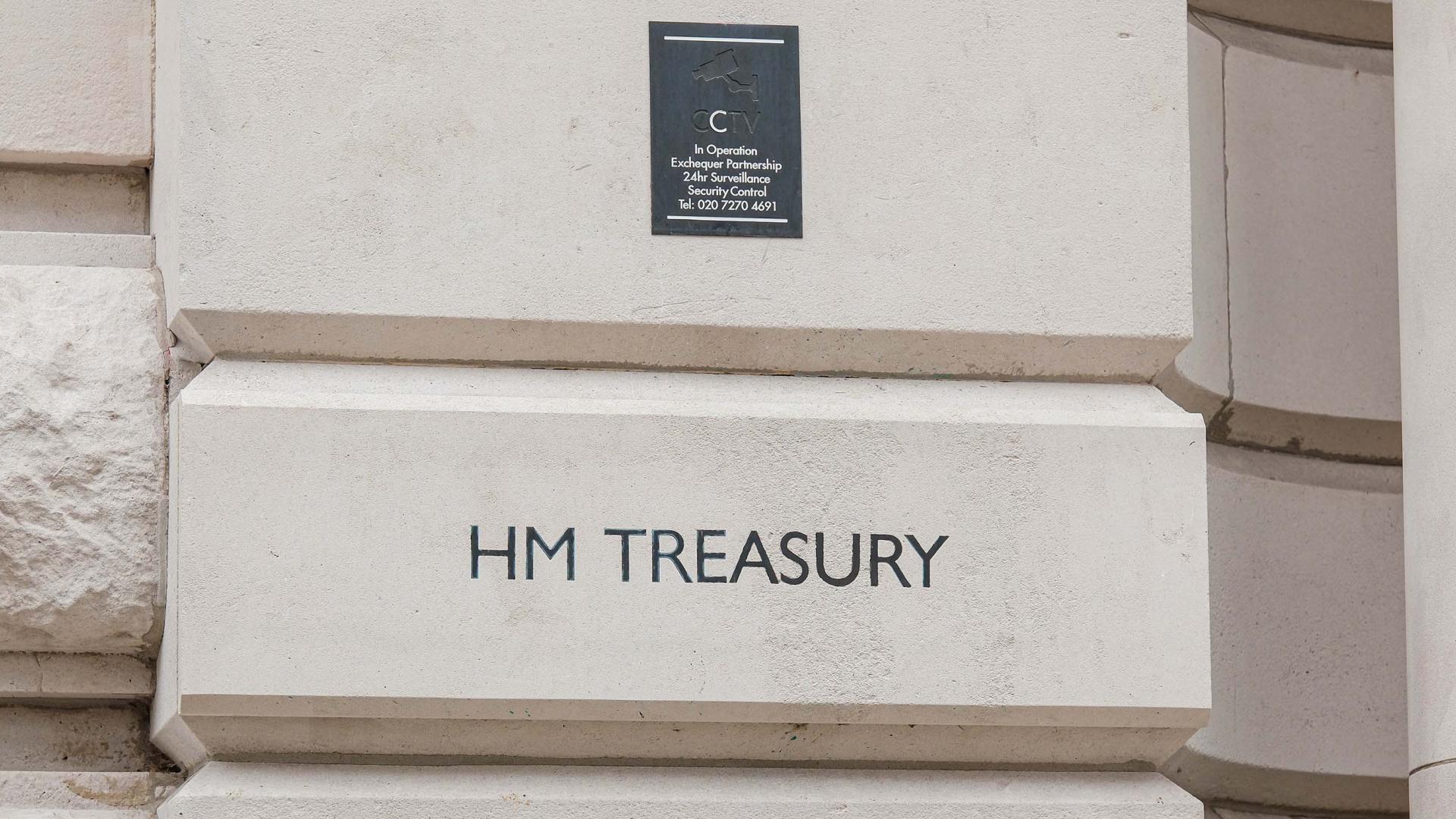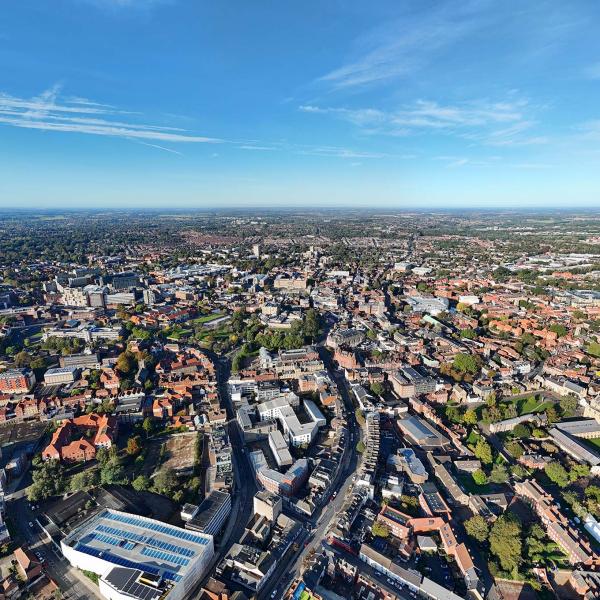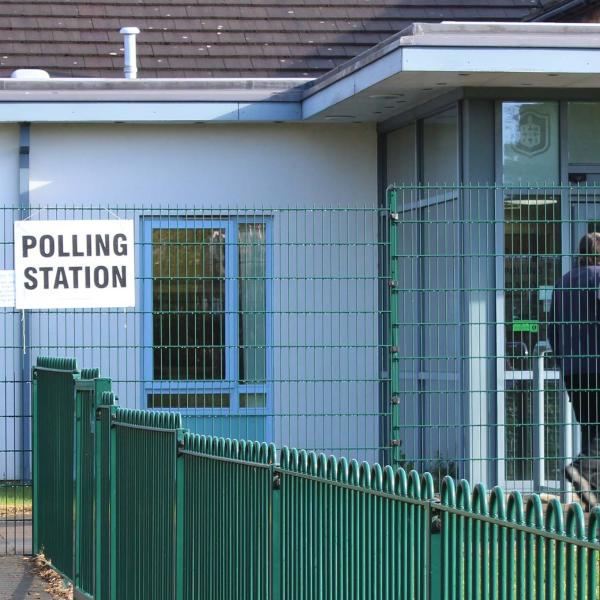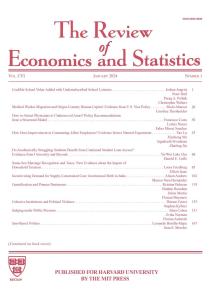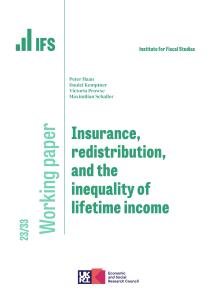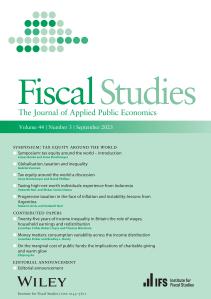The two big announcements from last year’s budget and autumn statement are just starting to take effect. They tell us rather a lot about how this year’s election campaign may pan out. They also suggest something rather counter to the accepted narrative about where this government’s priorities might lie.
No doubt you’ll be aware that the national insurance cut, announced in November, came into effect on Saturday. The 2p cut in the employee rate will benefit the average earner on £35,000 a year by about £450. Anyone earning £52,250 or more will gain £754. Gains are less for lower earners.
All very welcome. The less welcome news, of course, is that we are in the middle of a much bigger income tax increase. The national insurance cuts will cost the Treasury about £9 billion. Six years of planned freezes to income tax allowances and thresholds will raise more than £40 billion. The chancellor is giving back less than a quarter of what he is planning to take. This year’s freezes alone will outweigh the effect of the national insurance cuts for all those earning less than about £29,000.
The other big announcement came in the March budget. It’s about 20 years too late for me, but last week working parents in England (so long as neither earns more than £100,000) were able to start applying for 15 hours a week of free childcare for their two-year-old children. The actual entitlement kicks in from April. From September it extends to children, in working families, aged nine months and over. And from September 2025 the number of free hours will double to 30 hours a week. This will pretty much double the amount that the government spends on free childcare provision.
Here are two popular policies, a tax cut and a substantial extension to the scope of the welfare state, both no doubt nice in themselves, but I suspect you are starting to see the tension here. Or at least the hidden costs of such retail offers. The national insurance cut is accompanied by some rather bigger, but less salient, income tax increases. The extra spending on childcare has been accompanied by eye-wateringly tight spending plans for other public services. The only way that Jeremy Hunt can make his numbers add up is by planning another period of austerity for many parts of our already struggling public realm.
I expect a conspiracy of silence about all this from both main parties. Confront the problems of local authorities struggling to provide statutory services, of ever-rising NHS waiting lists, of backlogs in the justice system, of prisons full to overflowing and you have to admit the need for tax rises. Undo the tax increases that have already occurred or are planned and you have to make explicit where you are going to reduce spending. Much easier to pretend you are cutting taxes when you’re not and to make nice new offers of spending without saying what will happen to core public services. Or, if you are the opposition, it’s easier to pretend that trivial changes to taxation of private schools and of “non-doms” will make all the difference, while supporting the national insurance cuts, than to confront the reality of what will be needed simply to prevent public services deteriorating further.
Note, though, the particular set of choices embodied in these policies. When it came to tax, the chancellor chose to spend £9 billion cutting national insurance specifically. That only helps people of working age, in work. His childcare package also helps only a particular group of people of working age, in work. Neither policy helps the poorest. Neither is of any benefit to pensioners. That’s rather counter to the established narrative that this is a government bending over backwards to support the old at the expense of the young.
Yet look at other choices and that narrative starts to look too simplistic. The cut in the national insurance rate comes off the back of a big increase in the point at which national insurance starts to be paid, another policy helping only those in work and of working age. Admittedly, that threshold, too, is being frozen now, but the relative burden of tax has moved away from workers.
Even more striking is what has happened to the income tax personal allowance over a longer period. A six-year freeze in its value is unprecedented. But don’t forget that it was increased, at huge expense, during the 2010s. For those of working age, the present freeze will undo only between a half and two thirds of that increase. Pensioners, though, used to get an enhanced tax-free allowance. George Osborne took that away. Recent freezes mean they already have a lower tax-free allowance than they did back in 2010.
Put that together with the extra money for childcare and you see a different sort of priority emerge, one of support, at least in relative terms, for those of working age on average and somewhat above average earnings. There is a degree of the accidental about this. The national insurance threshold was raised only as a partial offset to the new-fangled health and social care levy — effectively an increase in the national insurance rate. The threshold increase remained despite the levy’s abolition being one of the few things to survive the ill-fated Liz Truss mini-budget.
Accidental or not, perhaps this is a sign that, peeking through the broader fog and obfuscation, some new distributional priorities are beginning to emerge.
This article was first published in The Times, and is reproduced here with kind permission.
